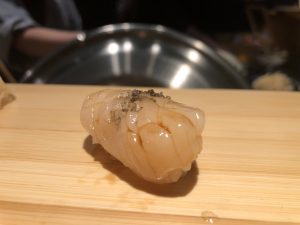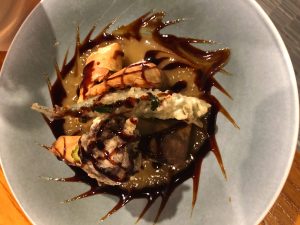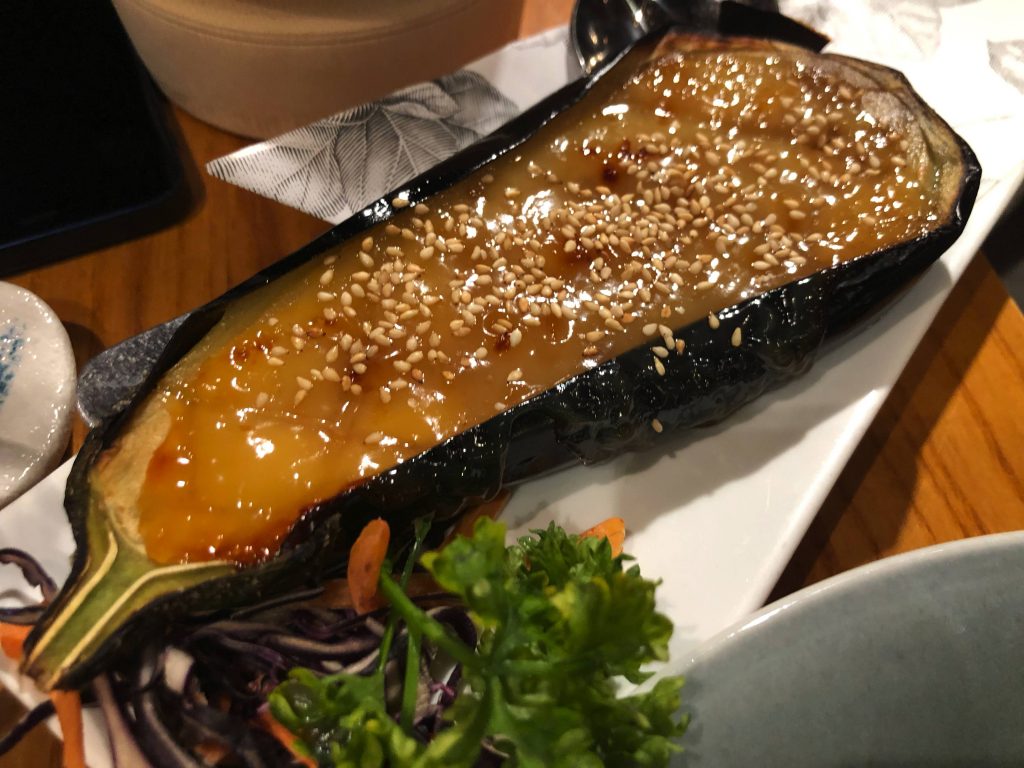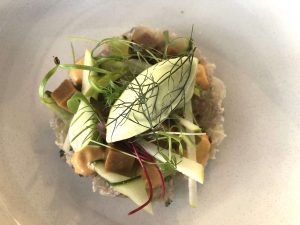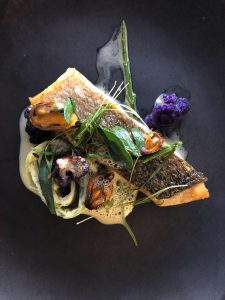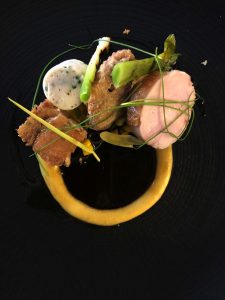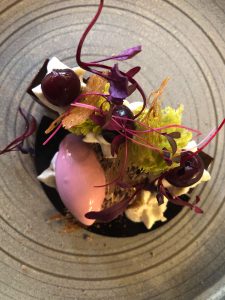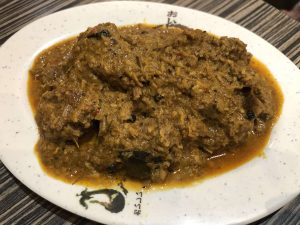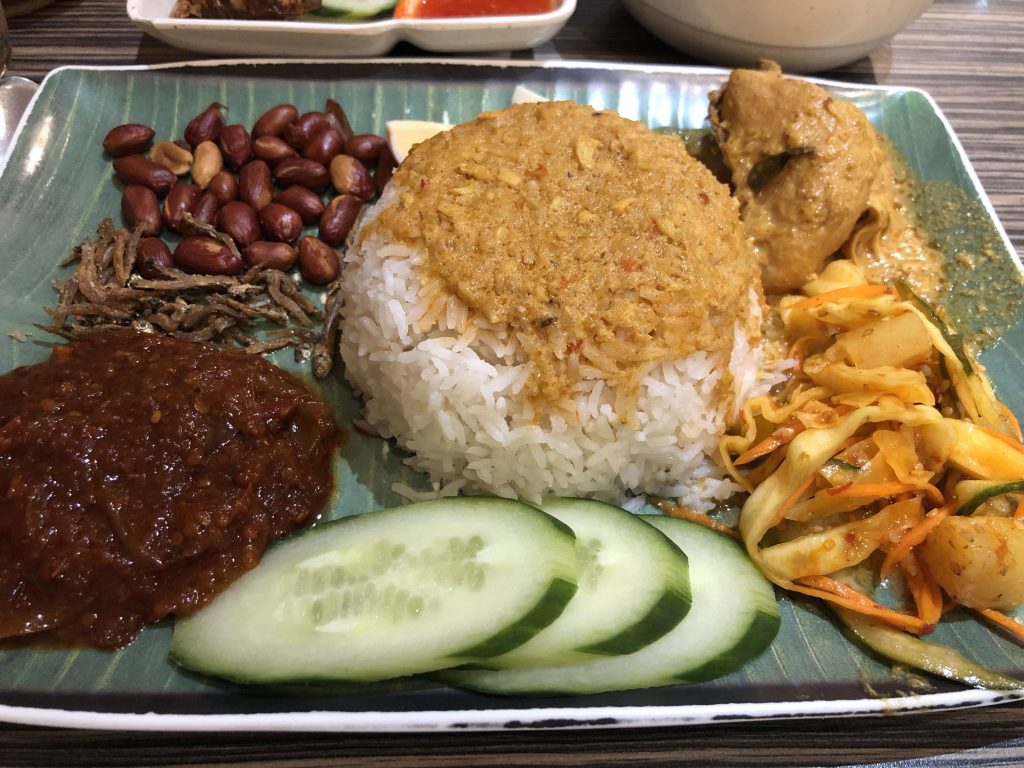The concept at Sushi on Jones is nice and Japanese-y, a tiny twelve-seater that offers a 12 or 20 course omakase sushi menu and a handful of specials. The menu only takes 45 minutes for the 12 courses and a bit longer for 20. Absolutely definitely nothing but sushi. We almost had it to ourselves, because there was some kind of England World Cup game going on at the same time and maybe that had caused a few cancellations.
Our chef and sous-chef are both quiet spoken but friendly and they move skilfully about the tiny space building and serving the sushi with neat proficiency. It’s a very good mixture, well chosen seasonings on some of them. Halibut, sea bream, scallop, prawn, yellowtail, sea bass, sea urchin, mackerel, salmon, tuna, fatty tuna and wagyu beef, none of them a duffer. The rice is still everso slightly warm and perfectly cooked. Bit of summer truffle on the yellowtail absolutely fills the mouth with flavour. Tiny dice of cucumber on the salmon works perfectly to cut the fattiness. Sprinkle of black sea salt on the scallop intensifies the flavour of what is a really beautiful sturdy and creamy bit of shellfish.The scallop is the standout dish for me, and I’m intrigued to learn that it has flown all the way over from Hokkaido. There’s seafood from British waters and from Spain too. And maybe there’s nothing like a Hokkaido scallop? The 12 course menu is £45 and that’s a fair reflection of the range and quality of fish beautifully prepared. It’s a light meal, though, so if you’ve got a bigger appetite than me (many do!) you might feel it’s a bit steep and for less than an hour’s sit-down too. I’ll be back though.








